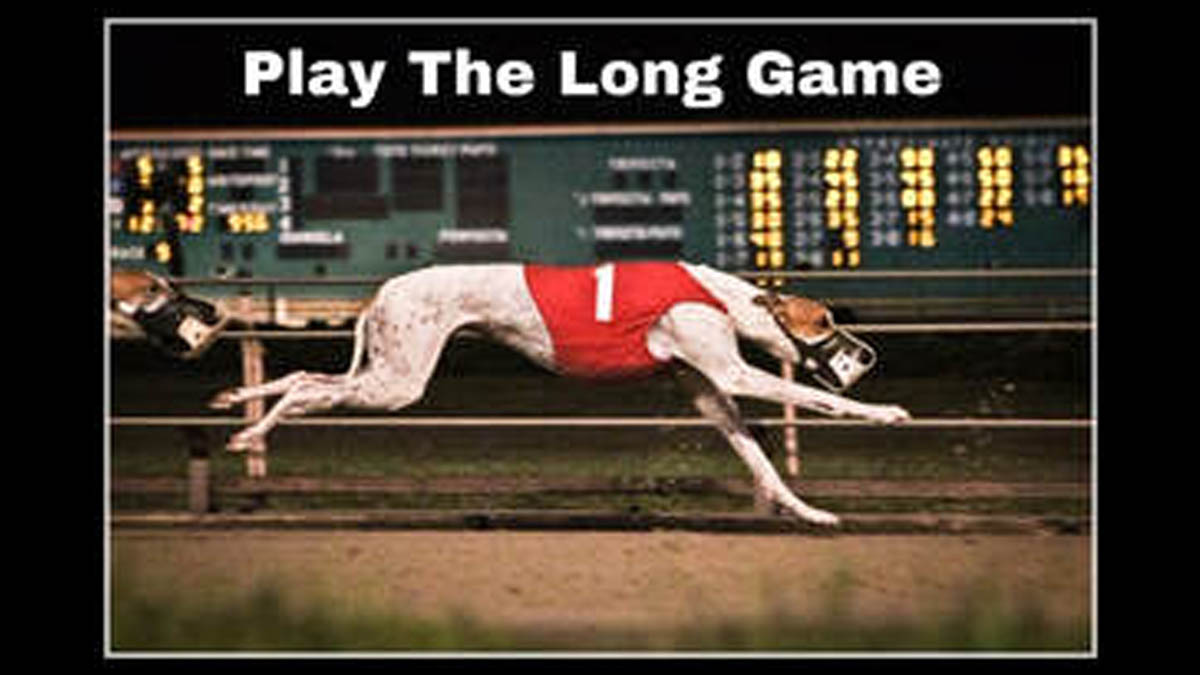Eurovision's Expanding Stage: A Look At Cross-National Artists

Table of Contents
The Rise of Multi-National Artists
This section explores the increasing number of Eurovision participants who don't solely represent a single nation. The definition of a "cross-national artist" in the Eurovision context is multifaceted. It encompasses artists born in one country but representing another, those with mixed heritage performing for a nation connected to their ancestry, or even those who have built their careers across multiple nations.
-
Defining "Cross-National": A cross-national Eurovision artist might be someone born in France but representing Switzerland due to residency or family ties, or an artist with parents from different participating countries choosing to represent one of them. The lines are increasingly blurred, leading to intriguing interpretations of national representation.
-
Success Stories: Several artists have achieved remarkable success while embodying this cross-national identity. Think of Måns Zelmerlöw (Sweden, 2015), whose global appeal transcended national borders, or even Conchita Wurst (Austria, 2014), whose performance touched upon themes of inclusivity and acceptance, resonating globally. These examples highlight how diverse backgrounds can enrich the Eurovision experience.
-
Statistical Trends: While precise statistics on the percentage of cross-national artists are difficult to obtain, anecdotal evidence and simple observation suggest a clear upward trend. More and more artists with multicultural backgrounds are actively participating, enriching the competition with diverse musical styles and cultural perspectives.
-
Reasons for the Increase: This surge in cross-national participation is likely due to several factors: increased global interconnectedness, the rise of international collaborations in the music industry, and, in some cases, relaxed rules regarding nationality requirements among participating countries. The ease of travel and communication has facilitated the movement of artists and fostered more cross-border collaboration.
Musical Fusion and Cultural Exchange
Cross-national artists bring a unique dimension to Eurovision – the fusion of musical styles and cultural influences. This blend enriches the competition's overall musical landscape and leads to captivating performances.
-
Genre Blending: Artists with multi-national backgrounds often seamlessly blend genres from their diverse cultural upbringings. We see influences of pop, folk, electronic, and world music intertwining, creating a unique sonic tapestry that's captivating for audiences worldwide.
-
Enriching the Eurovision Soundscape: This fusion of musical styles expands the musical palette of Eurovision, challenging conventions and fostering innovation. It creates a dynamic and diverse musical landscape, moving beyond the typical national musical styles.
-
Impact on Voting: The impact of these diverse performances on voting patterns is a complex topic. While some argue that nationalistic voting still dominates, there's evidence that truly unique and captivating performances—often those showcasing cross-cultural fusion—can garner significant support across various nations.
-
Fostering Intercultural Understanding: This blending of musical traditions and cultural experiences fosters intercultural understanding and appreciation. The Eurovision stage becomes a platform to bridge cultural divides and celebrate the unifying power of music.
Challenges and Debates Surrounding Cross-National Participation
While the rise of cross-national artists is overwhelmingly positive, certain challenges and debates arise.
-
Defining "National Representation": The core question is: what does it mean to represent a nation when the artist's background spans multiple countries? This is a complex debate with no easy answer. Some might argue that the artist's chosen country of representation is paramount, while others may emphasize the blended cultural elements in their performance.
-
National Pride vs. Global Collaboration: A tension might exist between emphasizing national pride and celebrating global collaboration. This is a key aspect of the evolving identity of Eurovision itself. The debate highlights the complex interplay between national identity and global interconnectedness in modern times.
-
Rule Changes and Controversies: Over the years, Eurovision rules regarding nationality have evolved, leading to debates and controversies. Changes to eligibility requirements often spark discussions about fairness and inclusivity.
-
Balancing National Identity and Global Talent: Finding the balance between celebrating national identity and embracing global talent is a continuous challenge. Eurovision must navigate this delicate balance to ensure both aspects are adequately represented and celebrated.
The Future of Cross-National Artists in Eurovision
The trajectory of cross-national participation in Eurovision points towards continued growth and evolution.
-
Increased Diversity: We can predict an even greater diversity in participating artists' backgrounds in the years to come. This diversity will reflect the increasingly interconnected and multicultural world.
-
Impact on Musical Direction: The increased presence of cross-national artists will likely influence the overall style and musical direction of the competition. Expect to see further innovation and genre-bending as artists continue to blend their diverse musical influences.
-
Evolving Regulations: Eurovision's rules and regulations regarding nationality will likely continue to evolve to accommodate the changing landscape of international artists and collaborations. We may see continued adjustments to the eligibility criteria to reflect the globalized nature of the modern music industry.
Conclusion
Eurovision's embrace of cross-national artists represents a significant evolution, enriching the competition with diverse musical styles and promoting intercultural understanding. While challenges regarding national representation remain, the rising trend of multi-national participation demonstrates the contest's adaptability and its growing global appeal. The future of Eurovision undoubtedly lies in its ability to continue celebrating both national identities and the unifying power of global music. Keep watching to see how the landscape of cross-national artists continues to shape the future of Eurovision!

Featured Posts
-
 Beyond The Ipo A Forerunner Long Game Strategy For Startups
May 14, 2025
Beyond The Ipo A Forerunner Long Game Strategy For Startups
May 14, 2025 -
 Central London Welcomes Lindts Luxurious Chocolate Haven
May 14, 2025
Central London Welcomes Lindts Luxurious Chocolate Haven
May 14, 2025 -
 Country Music Icon George Strait Makes Unexpected Dairy Queen Appearance
May 14, 2025
Country Music Icon George Strait Makes Unexpected Dairy Queen Appearance
May 14, 2025 -
 Uskomaton Eurojackpot Voitto 4 8 Miljoonaa Euroa Suomeen
May 14, 2025
Uskomaton Eurojackpot Voitto 4 8 Miljoonaa Euroa Suomeen
May 14, 2025 -
 Mission Impossible Dead Reckoning Part Two New Teaser Shows Tom Cruises Arctic Stunt Trailer Drops Tomorrow
May 14, 2025
Mission Impossible Dead Reckoning Part Two New Teaser Shows Tom Cruises Arctic Stunt Trailer Drops Tomorrow
May 14, 2025
